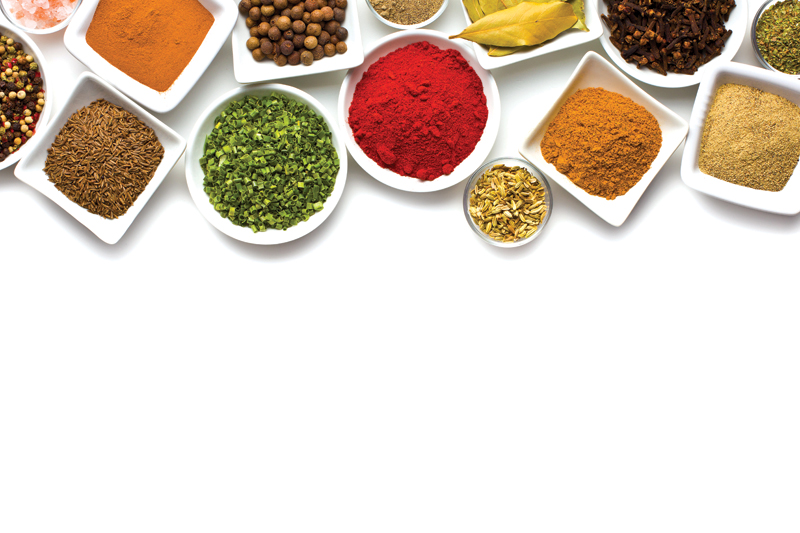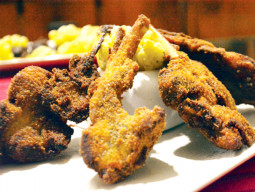
Given Pakistan’s harsh climate, gardening enthusiasts would find the winter season to be more suitable season to grow a variety of tender herbs. But that is not to say that spices, a Pakistani cuisine staple, can’t be grown to turn up the heat in the summer. With a forthcoming summer, The Express Tribune speaks to local cultivators to learn what spices you can flavour the season with.
Seema Khuled, a horticulturist based in Islamabad, says, “There is a limited choice of summer spices that can be grown in Pakistan. Mostly, chilli, turmeric and bay leaf are planted [during the season].” She adds, “Popular spices, such fenugreek, coriander, fennel and mustard, are consumed in their raw form. [However], in other countries, these spices are grown for their seeds, which are either sold in whole or powdered form. Sometimes, they are mixed with each other to form seasonings.”

Khuled explains that bay leaf grows into a tree, if allowed a larger space to cultivate. If planted in pots, it grows like a shrub with dark green leaves. “The fresh leaves are a delight to put into vinegar pickle. Here, we get it in dry form and add it to rice dishes such as pulao,” she states.
According to Tofiq Pasha Mooraj, a Karachi-based seasoned horticulturalist, “Pakistan is an arid country rather than a tropical one such as India, Sri Lanka and Thailand, where many spices are grown. One of the primary interests of the British in the Indian subcontinent was their spices,” he explains. “Upper Punjab, which comprises Faisalabad, is a hotbed for spice agriculture. There is high agricultural output in that area because of the availability of water. In lower Punjab, however, there is limited cultivation, mainly due to lack of water.”
Mooraj says, “Our world-famous chillies are grown in Pakistan in both the summer and winter season. Areas producing chillies in abundance include Thar, Mithi and Sukkur in Sindh.” He adds, “Fresh coriander seeds, black cumin and turmeric are produced in Punjab.”

He shares that cardamom, long pepper, black pepper and cinnamon are usually imported because our Pakistani dishes are usually simple and we love to spice them up. However, in certain places of Pakistan, black pepper is now growing in the country, albeit on a small scale. “It will take a while before we become self-sufficient as creating viable agricultural conditions for growing black pepper is a little difficult,” says Mooraj.
Citing health benefits of these spices, Mooraj states, “Long pepper is good for toothache. If placed at a specific area, it makes the affected area numb for a while.” He shares that kahva made from long pepper and cinnamon is vital for preventing influenza. Turmeric powder paste with almond-plant leaves is good for broken bones and twisted joints and muscles. Also, mint tea is good for stomach-related issues.
AR Chaudhary, an agriculturist who resides in Kasur, grows turmeric. He says his maternal grandfather started the business model in the late 1980s. “70 per cent to 80 per cent of turmeric is grown on our land. But with prices going down in the last five years, people have begun to store it,” he comments. Of its health benefits, Chaudhary shares that turmeric is a natural antibiotic medicine, which helps relieves limb pain.
Published in The Express Tribune, February 7th, 2015.
Like Life & Style on Facebook, follow @ETLifeandStyle on Twitter for the latest in fashion, gossip and entertainment.













































COMMENTS
Comments are moderated and generally will be posted if they are on-topic and not abusive.
For more information, please see our Comments FAQ